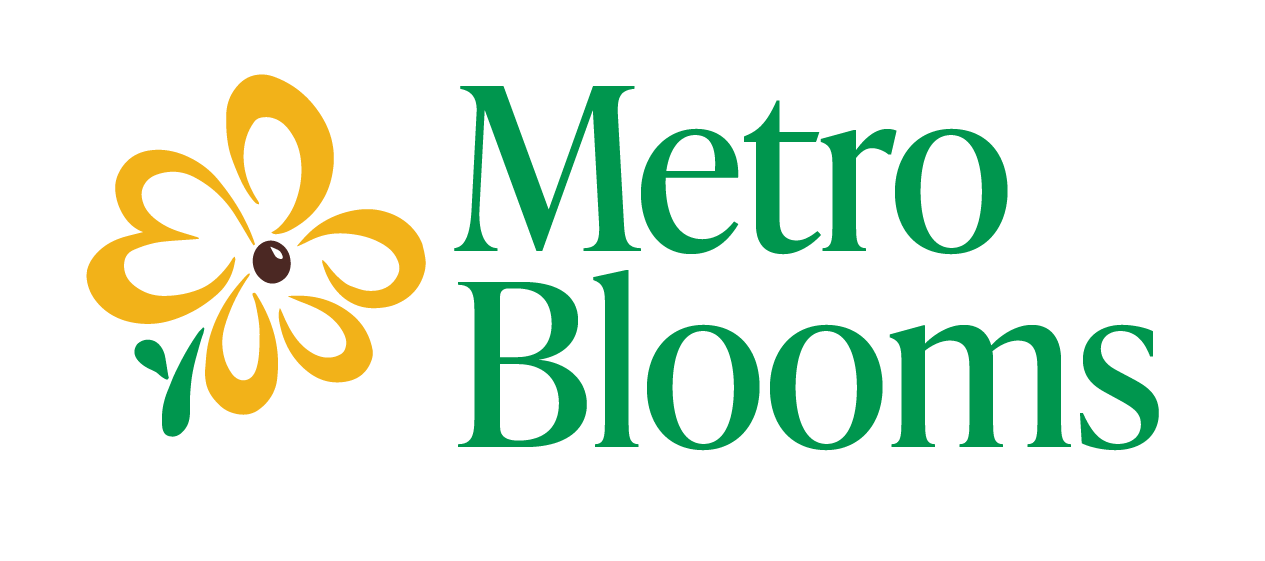Family: Poacaea (Grass)
Scientific Name: Andropogon Gerardii
Prairies (clay, black soil, sand), savannas, grassy fens (wetlands), well-managed native pastures, roadsides. The most common grass of the native tall grass prairie. Pre-colonial settlement, Big Blue Stem once covered a massive range from Maine to the Rocky Mountains, from Quebec to Mexico.
Watch for: Long, hairy and wavy leaves from the stem. Leaves flat and wide, smooth below and rough above. Stems jointed, with a purple 3-part “turkey foot” seed head. In mid-summer, the yellow flower parts dangle from the seed head like decorations.
Other names: Turkey Foot, Bluejoint Beardgrass, Cattle’s Ice-cream
History: Big Blue Stem is a warm season, perennial grass. It grows from 3-8′ with roots extending as deep as 9′, which serve to stabilize soil. Historically, it covered much of the great plains prairie. Today it grows in patches of it’s original terrain as a result of agriculture and development. Today’s fertile farmland is a result of this and similar grass species building biomass over time. The Omaha and Ponca would use the thick stems in their lodge construction, as well as to fasten support poles of dwellings. Moist grass was laid on wet stones to prevent steam from escaping when cooking. It was helpful to ripen fruit by covering, and to dry fruit by placing underneath. Big Blue Stem was also used for a fever remedy when it was chopped and placed in a bath.
Tidbits: Big Blue Stem has been cultivated as a pasture grass, as well as to resist soil and wind erosion. Being high in protein, cattle absolutely love Big Blue Stem. This led it to be known as “Ice-cream for Cattle”. However the grass doesn’t do well with cattle’s concentrated grazing. The grass is rather adapted to the migratory patterns of the bison that would graze on it by the thousands. It is a mid-summer warm season grass, which allows other prairie plants and flowers to grow until late Late Summer. Later in the summer and into fall however, is when it and similar tall grasses grow higher and too dense for many other pants. The leaves turn a rust red in the fall. It is the state grass of Illinois, Missouri, and the official grass of Manitoba.
Garden/Cultivation: Big Blue Stem can grow in pots or beds. It has a wide variety of uses such as conservation, erosion control, forage and landscaping. It provides wild habitat for nesting birds and insects. Songbirds and prairie chickens eat the seeds, while white-tailed deer and bison graze. For Landscaping, the grass is an excellent rear or border for native wildflower gardens. with a dash of color into the winter. It tolerates wet soils, but not floods, and tolerates droughts. Cultivars have been produced for a variety of uses for grazing, northern climates, game cover and nesting, and landscaping. Some cultivar names include, Eldorado, Earl, Kaw, Niagara, and Rountree.

_______________________________________________________
Sources:
Kindsher, Kelly. Medicinal Wild Plants of the Prairie: An Ethnobotanical Guide. University Press of Kansas. Lawrence, Kansas, 1992.
Schmidt, Rusty and Shaw, Daniel. Plants for Stormwater Design. Minnesota Pollution Control Agency, 2003.
USDA: http://plants.usda.gov/plantguide/pdf/pg ange.pdf
